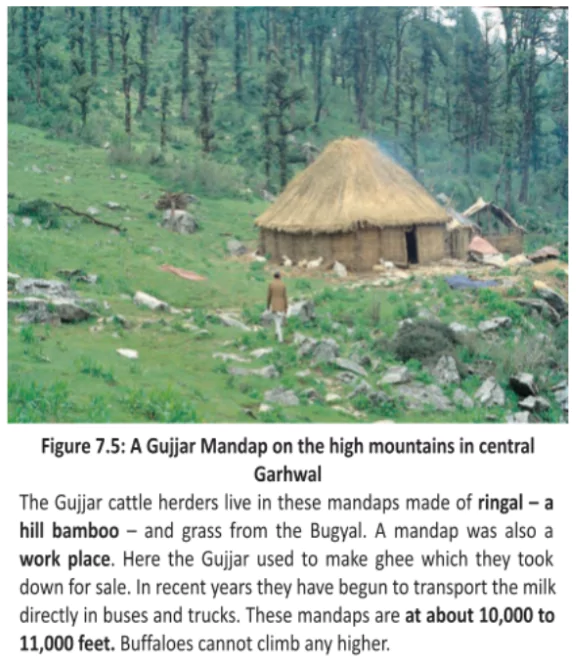![]() 19 Jul 2024
19 Jul 2024
Nomads are people who do not live in one place but move from one area to another to earn their living. In many parts of India, nomadic pastoralists move with their herds of goats and sheep, or camels and cattle. Environmentalists and economists have increasingly come to recognize that pastoral nomadism is a form of life that is perfectly suited to many hilly and dry regions of the world.


| Must Read | |
| Current Affairs | Editorial Analysis |
| Upsc Notes | Upsc Blogs |
| NCERT Notes | Free Main Answer Writing |
So life of these pastoral groups was sustained by a careful consideration of a host of factors. They had to judge how long herds could stay in one area, know where they could find water and pasture, calculate timing of their movements, and ensure that they could move through different territories. They had to set up a relationship with farmers on the way so that the herds could graze in harvested fields and manure the soil.
| Related Articles | |
| Crops: Production, Practices and Management | Forest In India |
| Soil Formation: Key Factors, Climate, Evolution | Agriculture Sector In India |
<div class="new-fform">
</div>
